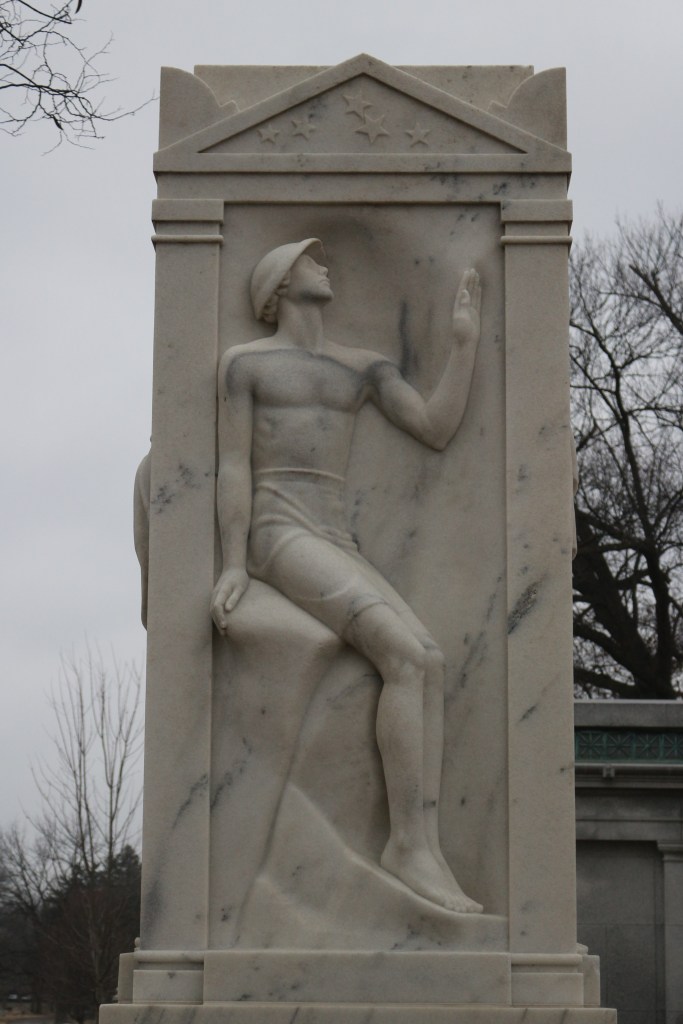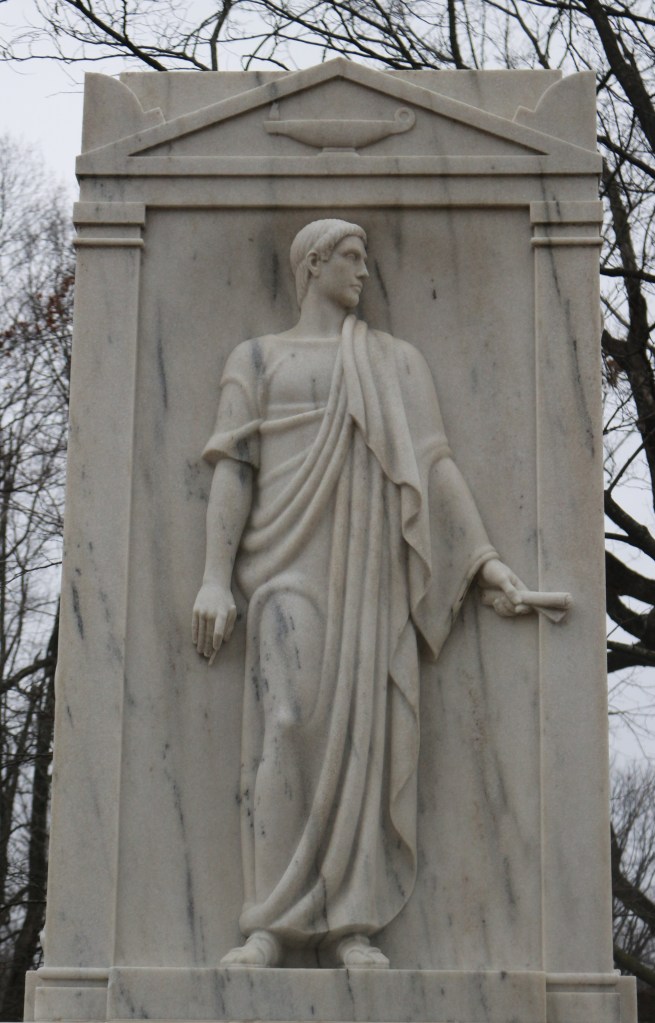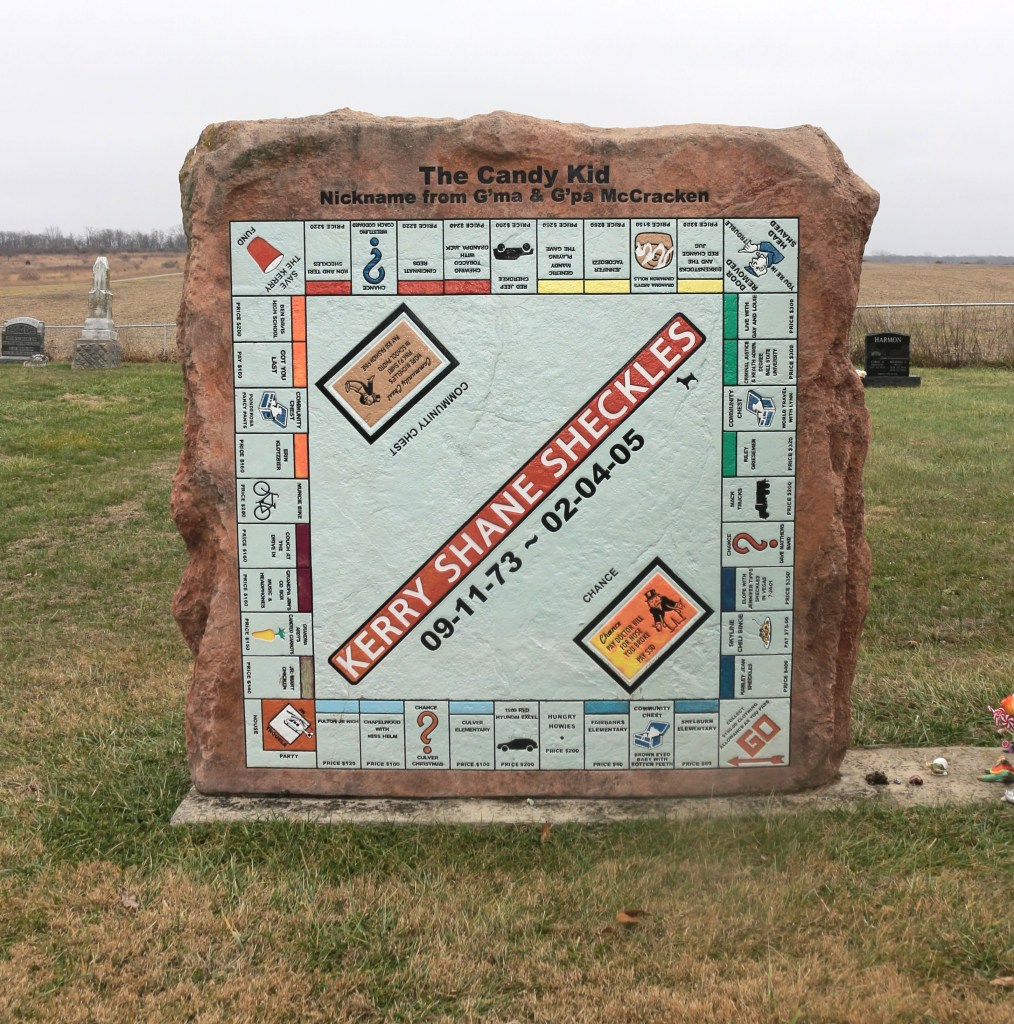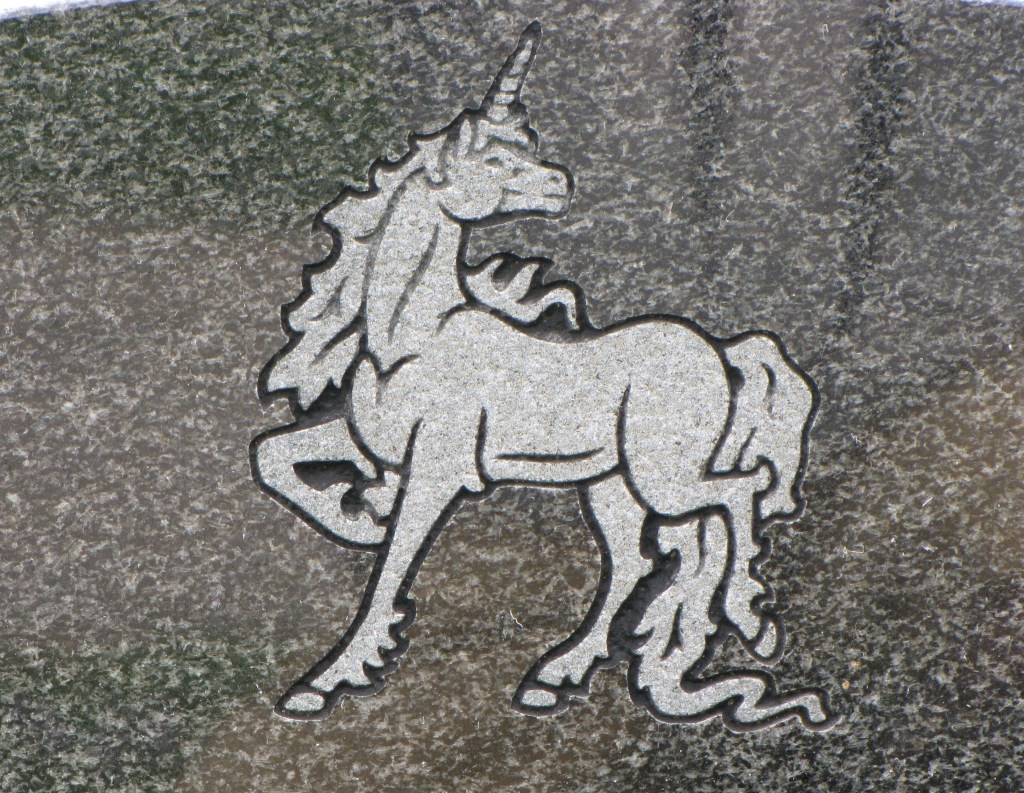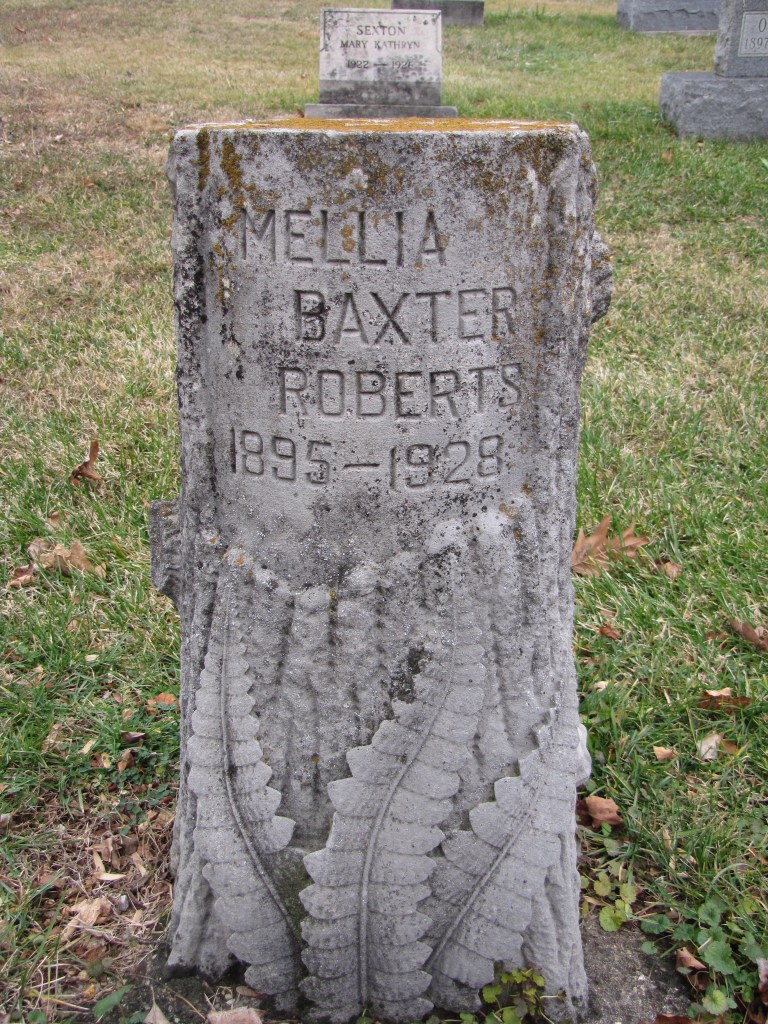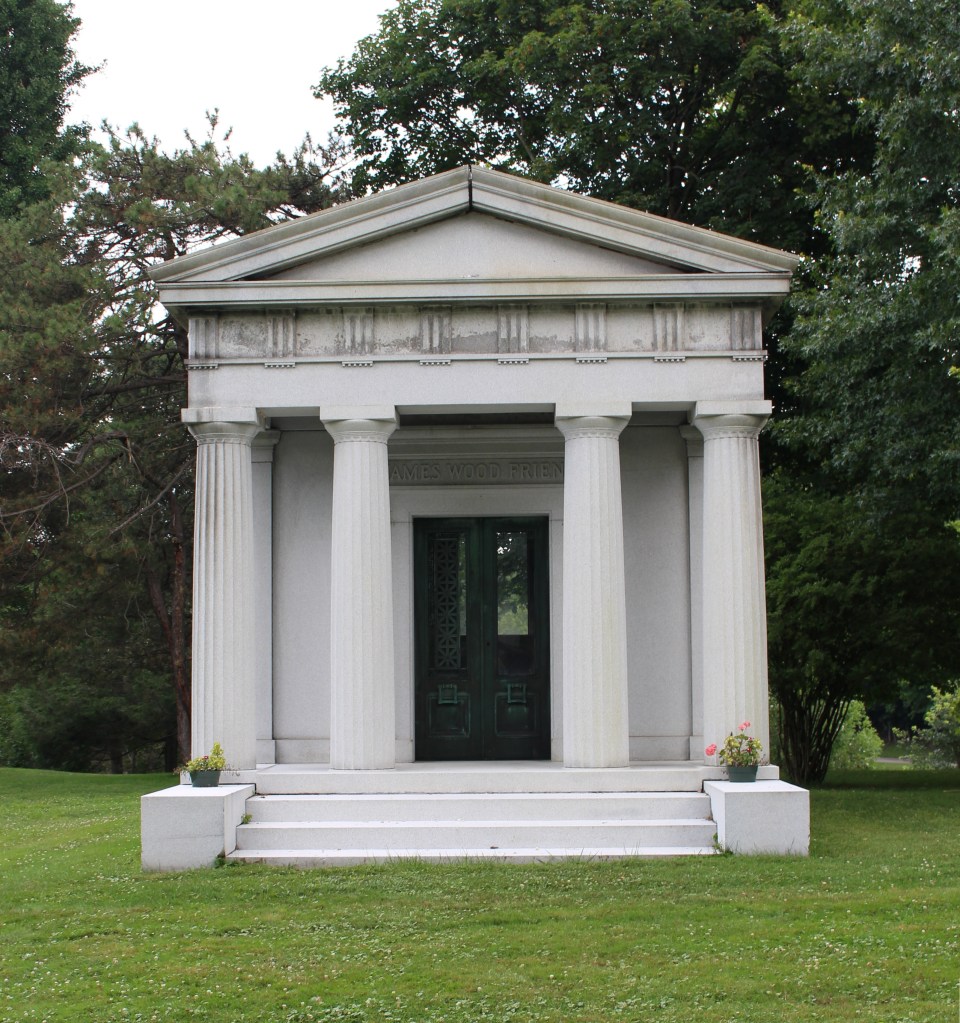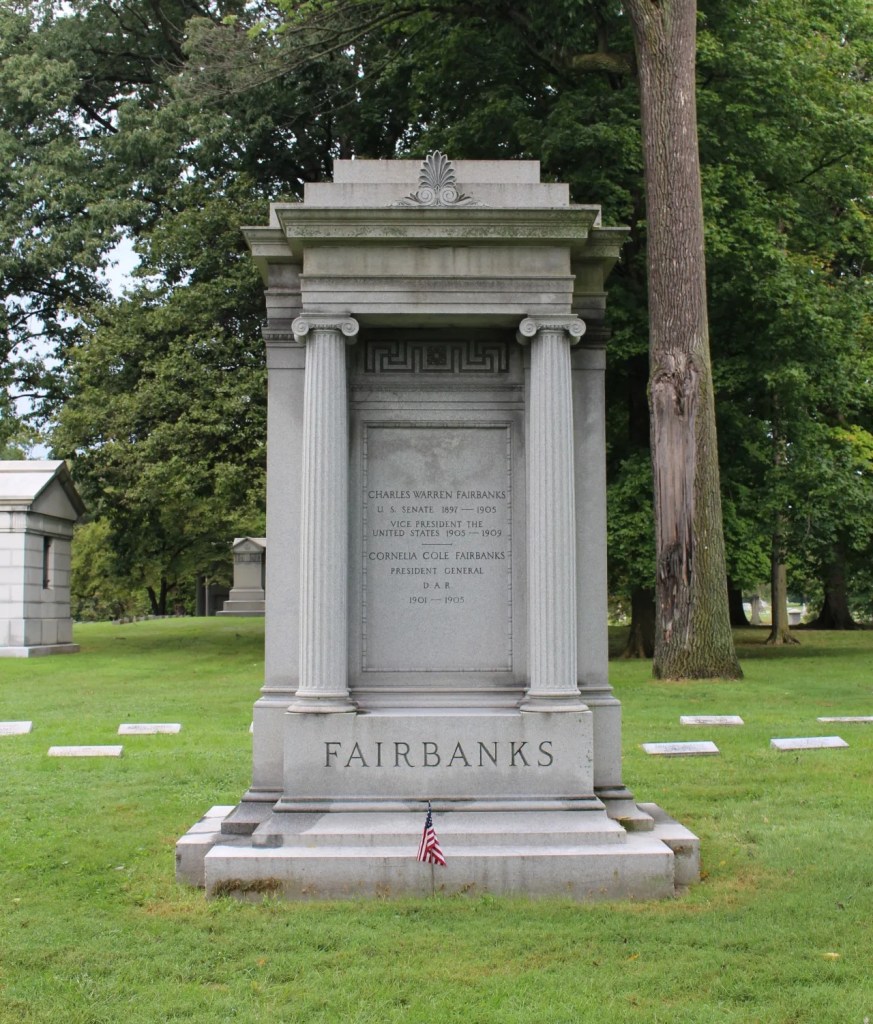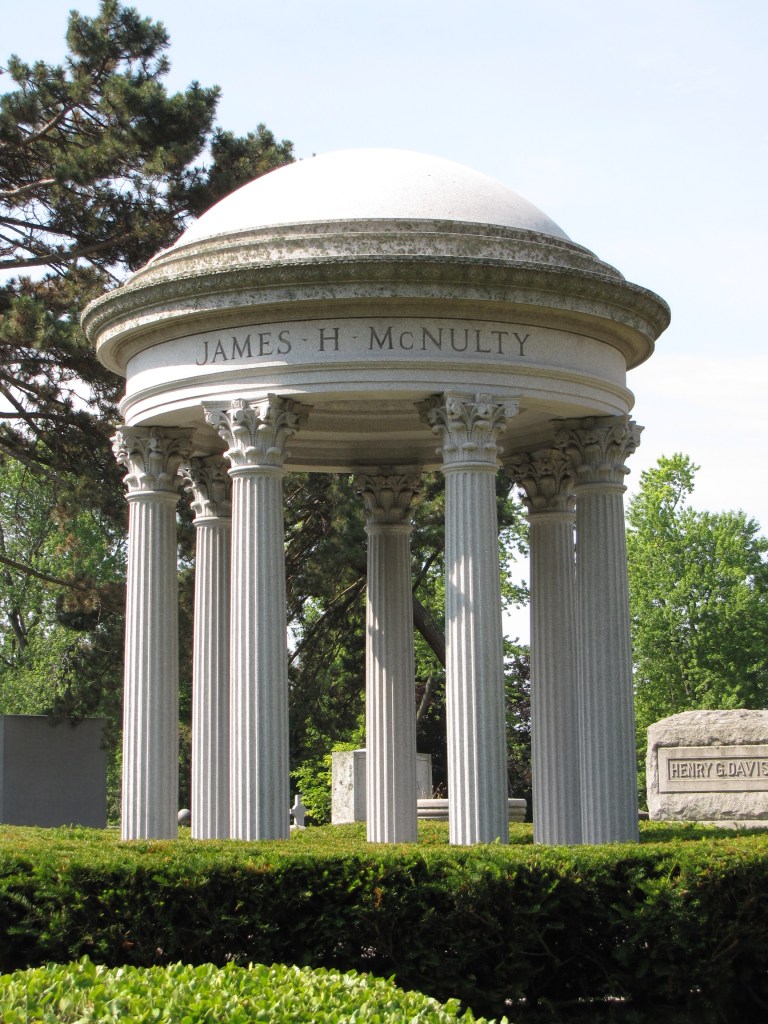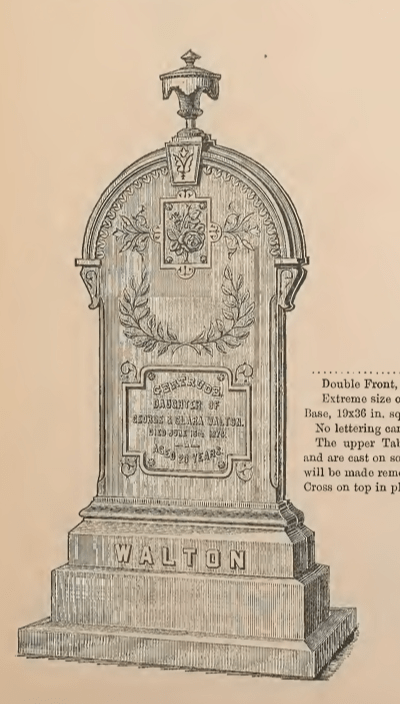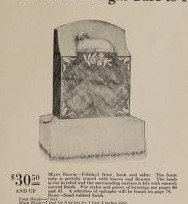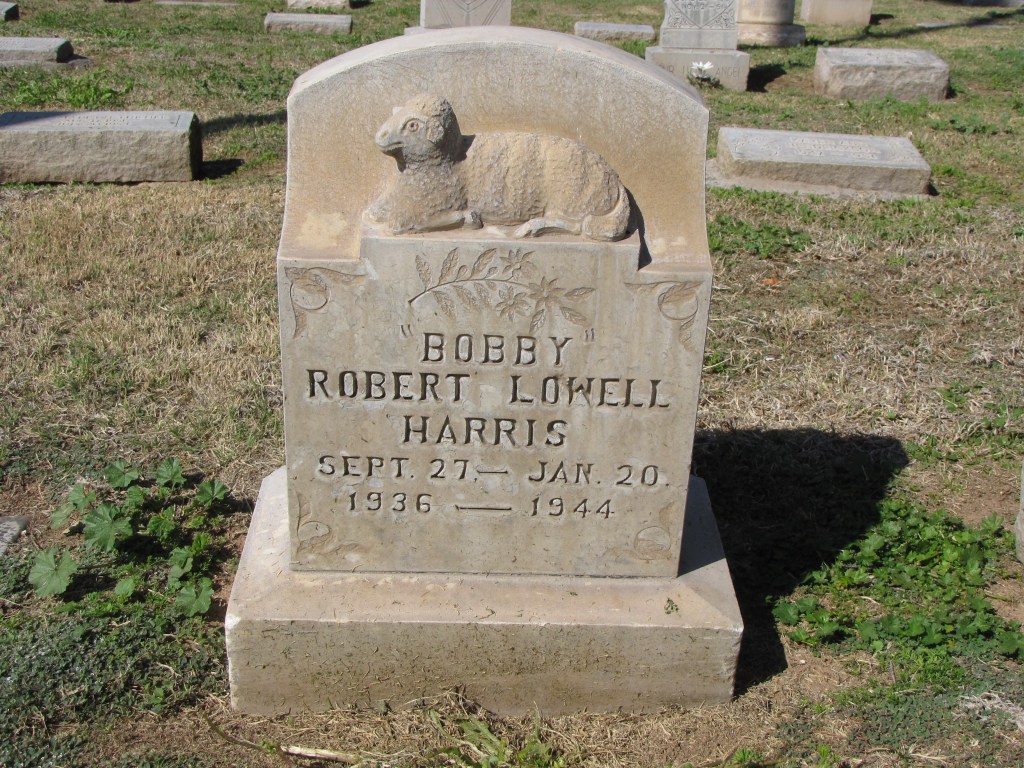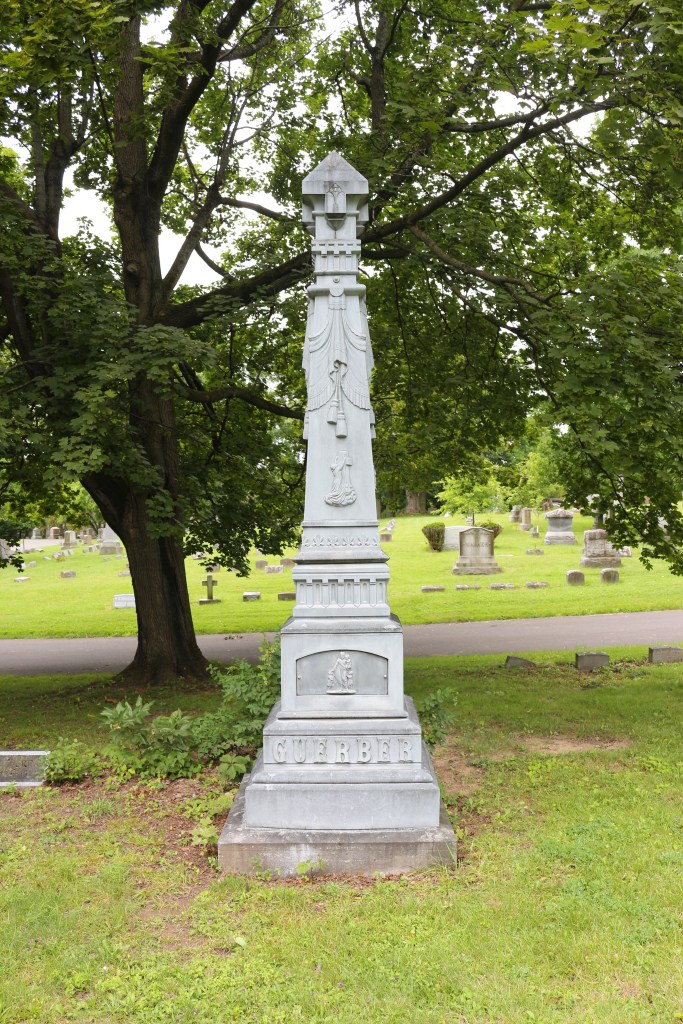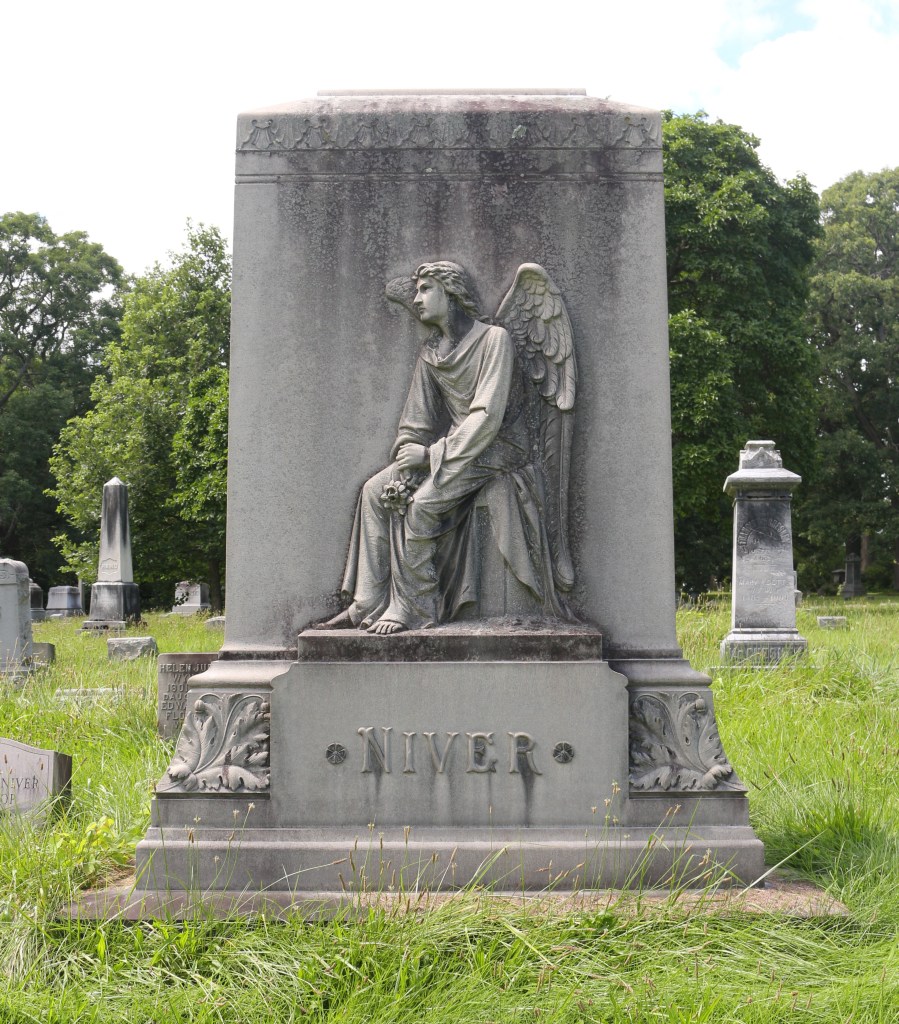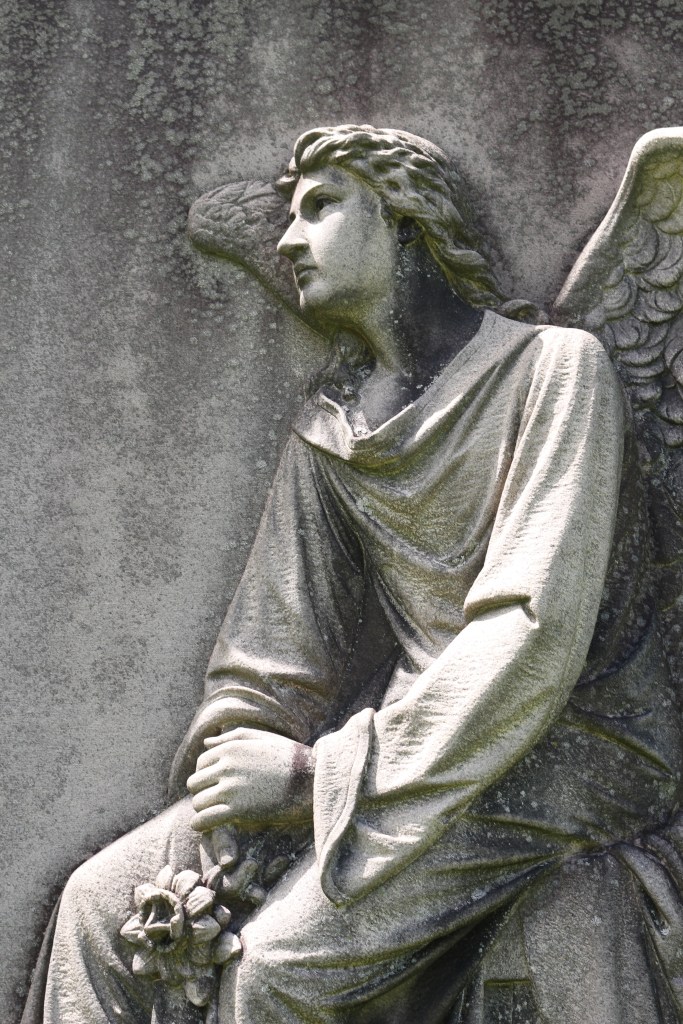
ALBERT J. BEVERIDGE
1862 — 1927
CATHERINE BEVERIDGE
1881 — 1970
ALBERT J. BEVERIDGE JR
1908 — 1965
In 1942, Catherine Beveridge, second wife of Albert Jeremiah Beveridge, commissioned famed sculptor John Clements Gregory (1879 – 1958) to create a funerary sculpture to represent four stages of Beveridge’s life. Gregory sculpted a towering white marble monument with four classical figures to represent Beveridge as a Student, Lawyer, Senator, and Historian.
Beveridge received his law degree from Indiana Asbury University (now DePauw University) and practiced law in Indianapolis until he was appointed in 1899 to the United States Senate where he advocated for progressive policies such as child labor legislation and the Federal Meat Inspection Act of 1906. After he lost his Senate seat in 1910, he wrote a Pulitzer Prize winning biography of Chief Justice John Marshall.
Each of four stages of his life is commemorated in a relief panel which sits on a hilltop in the Crown Hill Cemetery in Indianapolis.
